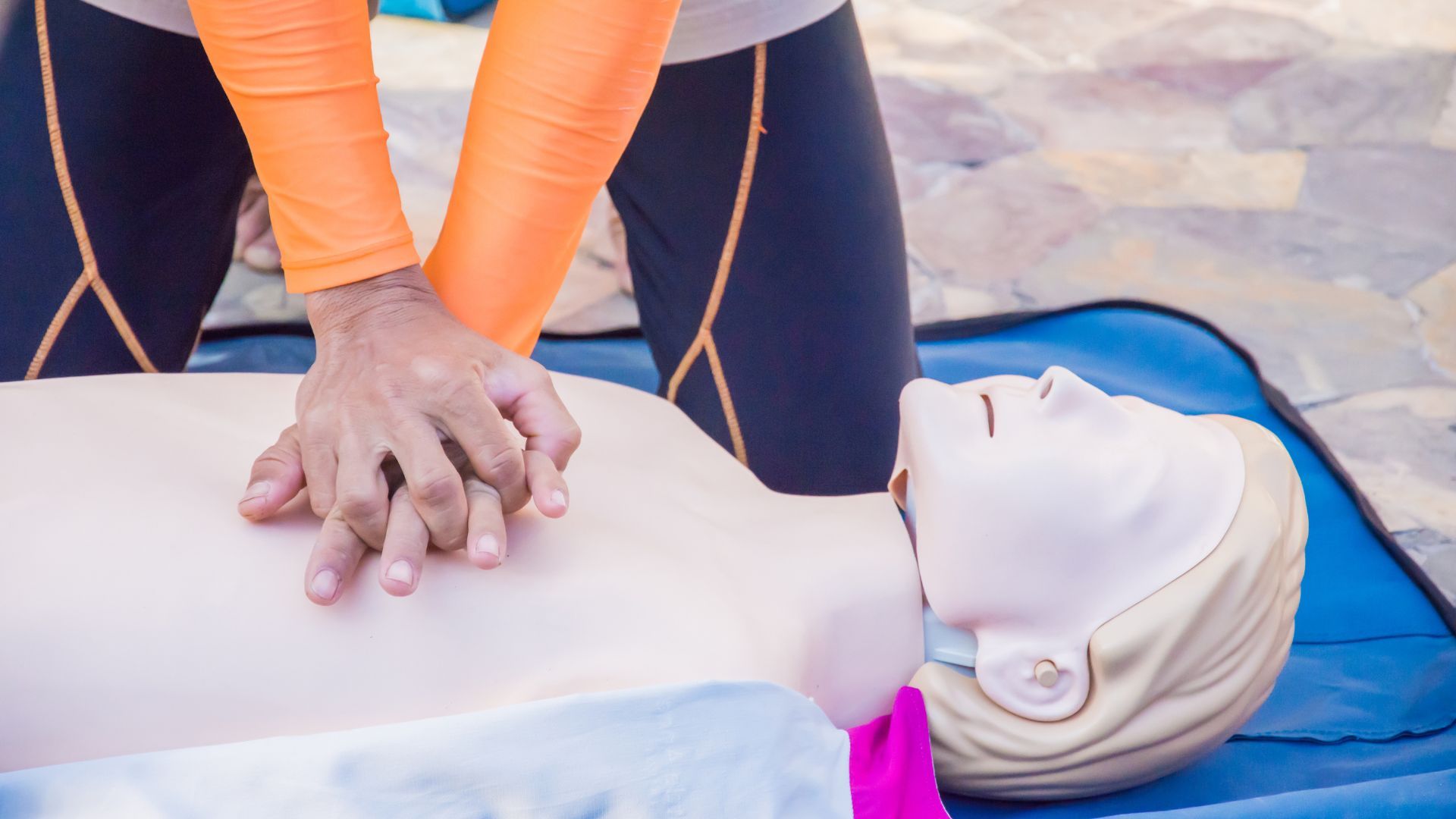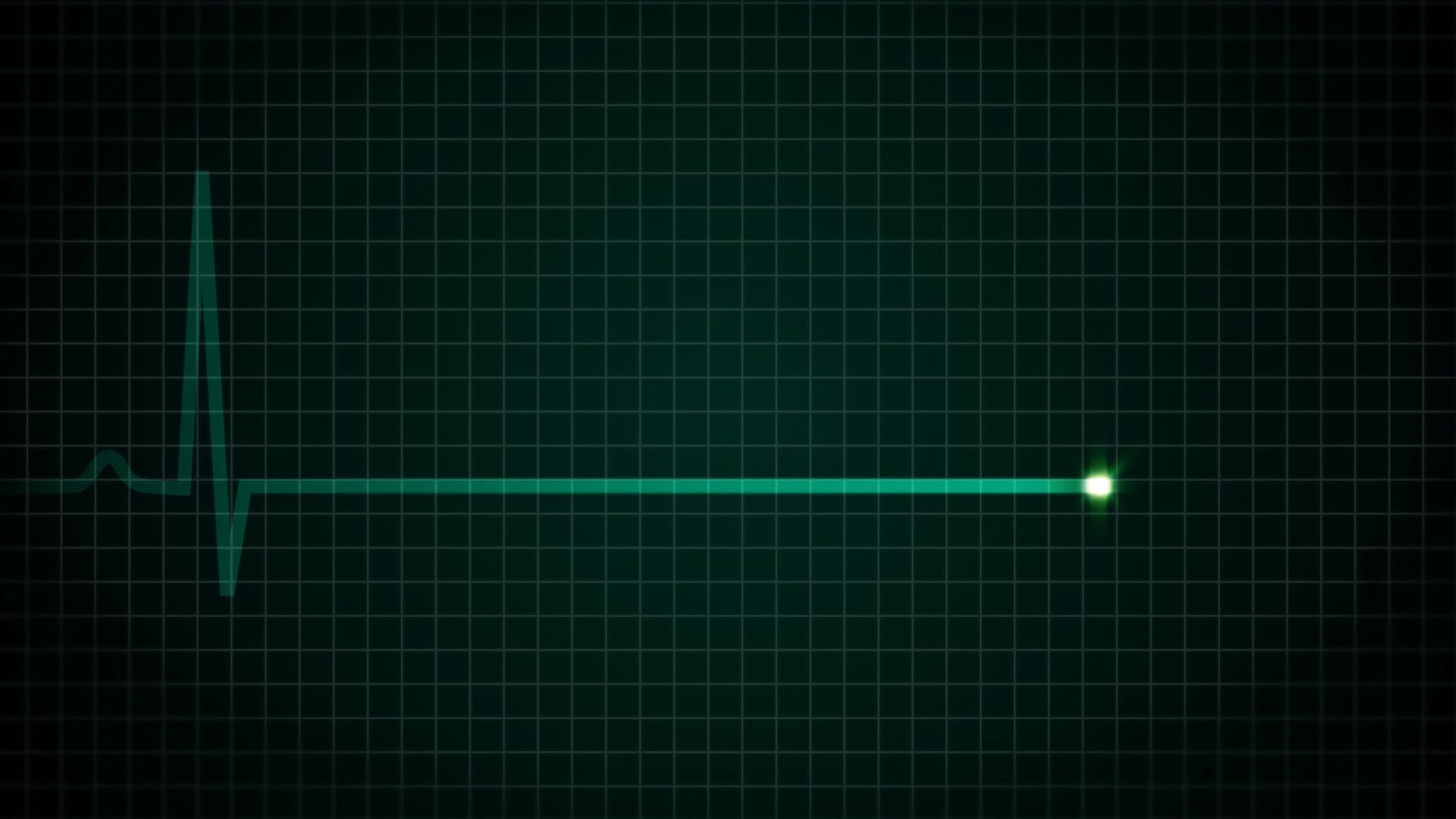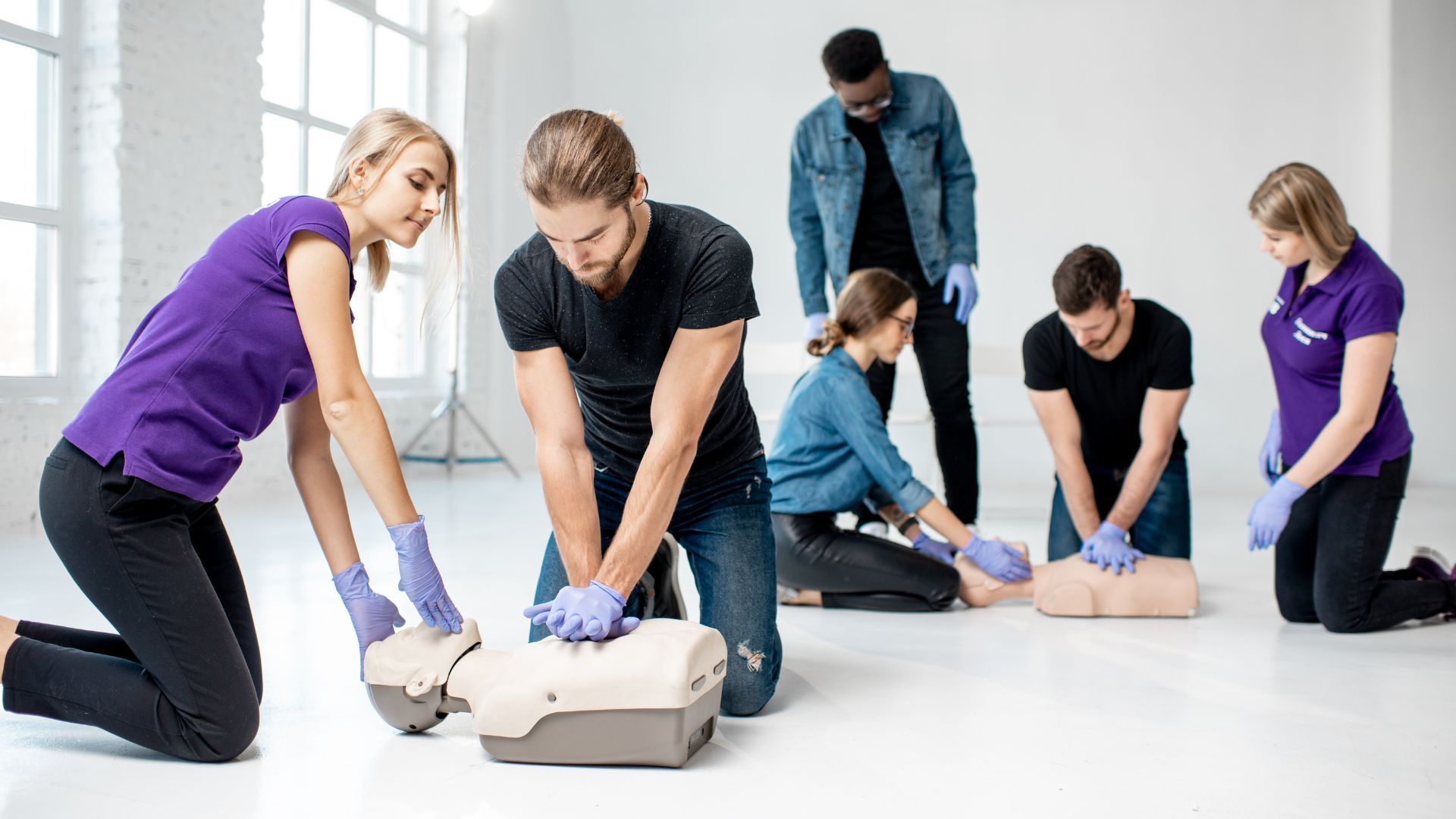What is BLS (Basic Life Support)
Contents
BLS (Basic Life Support) Pronunciation: B-L-S (bē-ĕl-ĕs)
Definition: BLS is a set of medical guidelines and procedures that aim to provide initial treatment to individuals experiencing life-threatening illnesses or injuries, such as cardiac arrest, respiratory arrest, or choking. It includes techniques like chest compressions, rescue breathing, and the use of an AED (Automated External Defibrillator).
Key Facts About Basic Life Support (BLS):
- BLS procedures are primarily used in emergencies until the victim can be cared for professionally by a team of healthcare providers in a more controlled environment.
- The main focus of BLS is to maintain circulation and ventilation in the victim until advanced help arrives.
- Basic Life Support includes recognizing signs of life-threatening emergencies, providing high-quality chest compressions, delivering appropriate ventilations and using an automated external defibrillator (AED).
- Skills learned in BLS training can be applied to all age groups including adults, children, and infants.
- BLS is often a prerequisite for many healthcare professions and is also beneficial for laypersons to understand in case of emergencies.
Basic Life Support (BLS) Symptoms & Causes
What are the symptoms that may require Basic Life Support (BLS)?
The signs that someone may require BLS could include unresponsiveness, lack of pulse, difficulty breathing, or no signs of life.
What causes the need for Basic Life Support (BLS)?
Situations that may require the use of BLS techniques include cardiac arrest, stroke, choking, and drowning. BLS techniques may also be needed in case of drug overdose or severe trauma.
Basic Life Support (BLS) | Diagnosis & Treatments
How is the need for Basic Life Support (BLS) identified?
A layperson or healthcare provider can identify the need for BLS by checking for responsiveness, pulse, and signs of normal breathing. This is done by tapping and shouting to check for responsiveness, checking the pulse, usually at the carotid (in the neck) or radial (at the wrist) artery, and observing for regular chest rise and fall, which would indicate normal breathing.
How is Basic Life Support (BLS) implemented?
Implementing BLS involves the following steps:
- Ensure Safety: Check the scene for safety for both the victim and the rescuer.
- Check Responsiveness: Tap and shout to assess if the victim is conscious or unconscious.
- Call for Help: If the victim is unresponsive with no normal breathing or no pulse, shout for help and activate the emergency response system.
- Begin Chest Compressions: Start high-quality CPR, beginning with chest compressions.
- Open the Airway: Open the victim’s airway using a head tilt-chin lift or jaw thrust maneuver.
- Provide Ventilations: After every 30 compressions, give 2 breaths.
- Use AED as Soon as Available: As soon as an automated external defibrillator (AED) is available, apply and use it.
BLS skills are usually taught in a certification course, and recertification is typically required every two years.
How we care for Basic Life Support (BLS)
CPR Certification Near Me provides high-quality Basic Life Support training for healthcare providers, first responders, and interested laypersons. Our BLS courses are designed to give you the confidence to respond in an emergency situation with skills that can save a life. Whether you’re a medical professional refreshing your skills or a first-time student, we have the BLS training that’s right for you.
Frequently Asked Questions About BLS (Basic Life Support)
Who should learn BLS?
BLS training is appropriate for a wide range of individuals. It is a prerequisite for many healthcare professionals, including nurses, doctors, dentists, physical therapists, and others involved in patient care. Additionally, first responders such as firefighters, police officers, and lifeguards should be trained in BLS.
It’s not just limited to healthcare providers and first responders, though. Other individuals, such as coaches, teachers, and parents, may also find this training beneficial. Moreover, workplaces may require or encourage employees to undergo BLS training, particularly if they work in high-risk environments.
How often should I renew my BLS certification?
The Basic Life Support (BLS) certification generally needs to be renewed every two years. This renewal helps ensure that you’re up to date on the latest techniques and recommendations in patient care. However, the exact time period may vary depending on the guidelines set by the organization providing the certification. Always verify with your certifying body.
Where do I get my BLS Certification?
There are many organizations that provide BLS Certification. Some of the most well-known are the American Heart Association (AHA), the Red Cross, and the American Safety and Health Institute (ASHI). Many community centers, hospitals, and educational institutions also offer BLS courses. Additionally, there are options for online BLS certification, which can be a convenient option for many individuals.
How long is my BLS Certification good for?
Your BLS Certification is generally valid for two years from the date of completion. After two years, you will need to take a refresher course and pass an exam to maintain your certification. This ensures that you stay current with the latest guidelines and best practices in basic life support.
How much are BLS classes?
The cost of BLS classes can vary widely depending on the provider, the specific course, and whether it’s an initial certification or a renewal. As a general range, you might expect to pay anywhere from $50 to $150 for a BLS class CPR Certification Near Me provides BLS CPR Classes for as low as $59.99. Online CPR courses can sometimes be a more affordable option, while in-person courses offered by recognized organizations like the American Heart Association or Red Cross might be at the higher end of the range. Some employers may cover the cost of BLS training for their employees, so it’s worth checking if this benefit is available to you.
More Articles





